Over half a million people of all genders gathered in DC on Saturday, Jan. 21 to proclaim to the new president of the United States that women are watching to make sure their rights are not being infringed upon and are ready to fight.
The march started with a rally, where well-known speakers conveyed the message of gender equality, including Scarlett Johansson, Gloria Steinem and Gwen Carr, the mother of Eric Gardner; still, the message of the rally was delivered by the crowd of lesser known marchers.
After the rally, hundreds of thousands of protesters against Trump marched through the Mall carrying homemade signs and sharing creative chants. The march moved very slowly, as many waited hours to begin moving, but everyone was friendly and waited their turn. While this, sounds claustrophobic and unsafe in theory, it felt like the exact opposite for many in the crowd. Hillary Tulley, a science teacher at North, said that hours into the march she suddenly remembered that she had valuables in pockets that might get stolen, but when she checked they were not. When she realized that around this crowd of people she felt the safest she has ever felt in her life, she began to cry. The lack of ulterior motives and the focus on the protest was moving to all.
There were many criticisms leveled against the march. One frequently heard comment was that the march consisted predominantly of middle-aged white women, especially as white women have always been in the spotlight of feminism. Additionally, these feminists usually do not advocate for the rights of those of all races, socioeconomic status, or sexes. Another critique heard at the march was that it was not trans-inclusive. Many signs focused on women having specific body parts which disregarded women with different types of bodies. Miriam Berkson, junior, commented on this.
“Looking around both at the march and on my travels to the march, it was evident that this march was predominately white. Of course, white women are included in the feminist movement, but I wish the march had been more intersectional, meaning more women and men of color, and more trans women attending, feeling as though they could be included in this movement. After all, people of color have been marching for multiple centuries, this is kinda their thing,” Berkson said.
Aside from these criticisms, the rally was about bringing a multitude of activist movements with various concerns together to help each other. This rally modeled the interconnection of the world’s problems and taught that by advocating for one cause you are advancing multiple agendas. Maggie Lavengood, junior, said, “To me, the women’s march on Washington felt incredibly special because it was an opportunity for me to represent all the people who were not privileged enough to be there. I hope that by being there and helping bring their issues to light, I could do justice to the historical and current struggles of women of every background. The groundbreaking visibility that this historic march, and those all around the globe, gained felt like an immensely symbolic step forward for all people in disenfranchised circumstances.”
This coming together showed the world the power of the collective. Huge events like this let others know that people are not going to sit around while the powerful oppresses minorities. While a question may be raised as to whether this was a one-time event, its message for the world that the time for activism has arrived. If millions of women across the country and the world are ready to stand together in solidarity, there is no telling what this group of people can achieve. This march has put a whole new meaning to the phrase ‘injustice anywhere is a threat justice everywhere.’
Featured image captured by Miriam Berkson


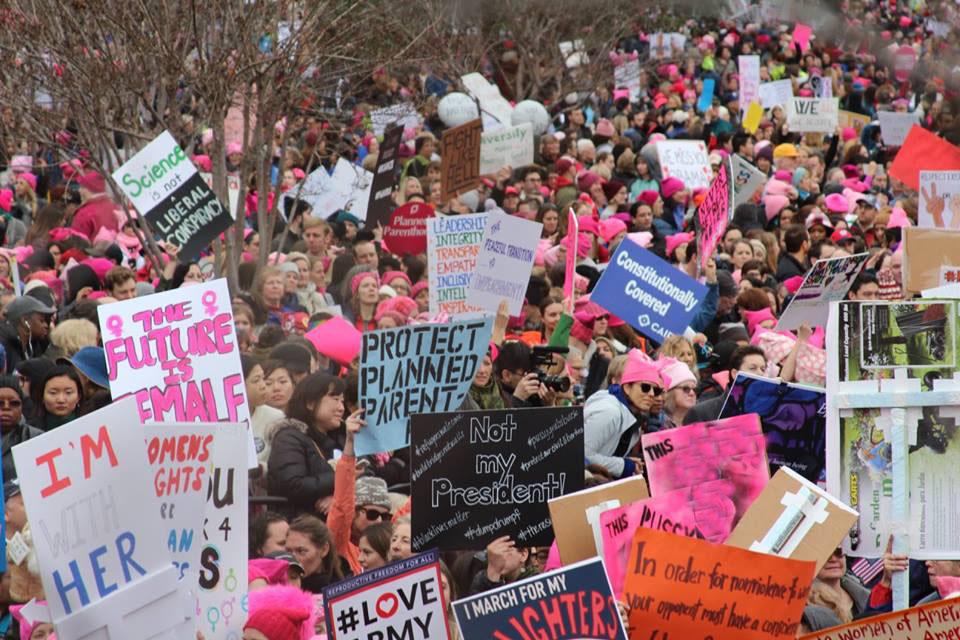



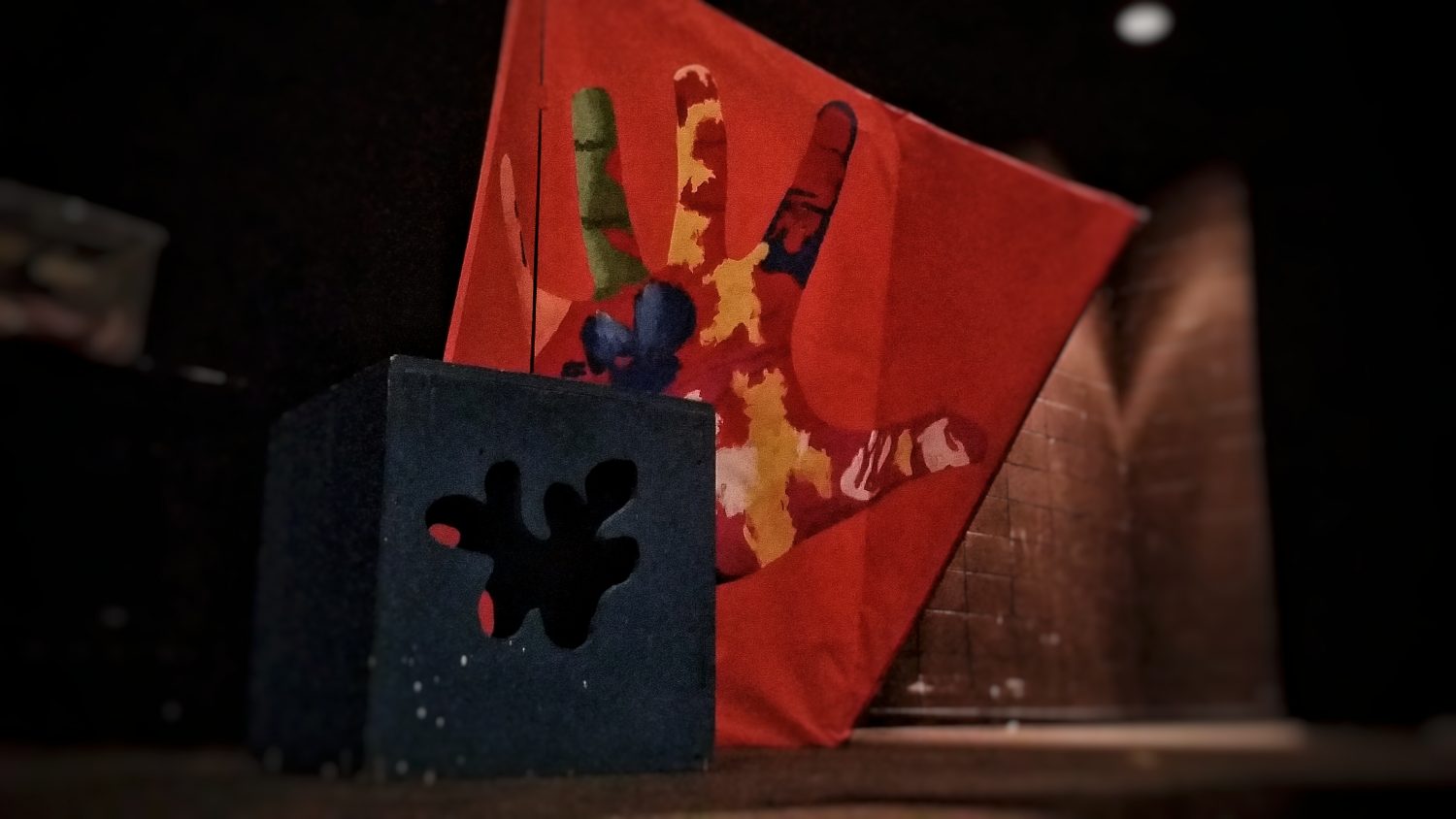
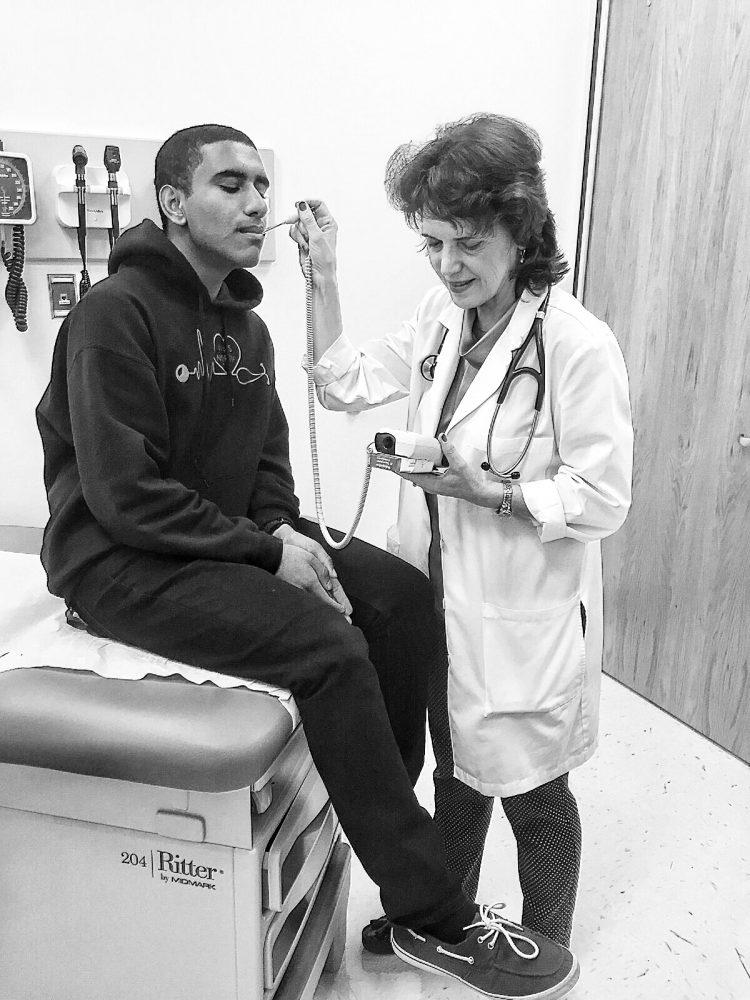
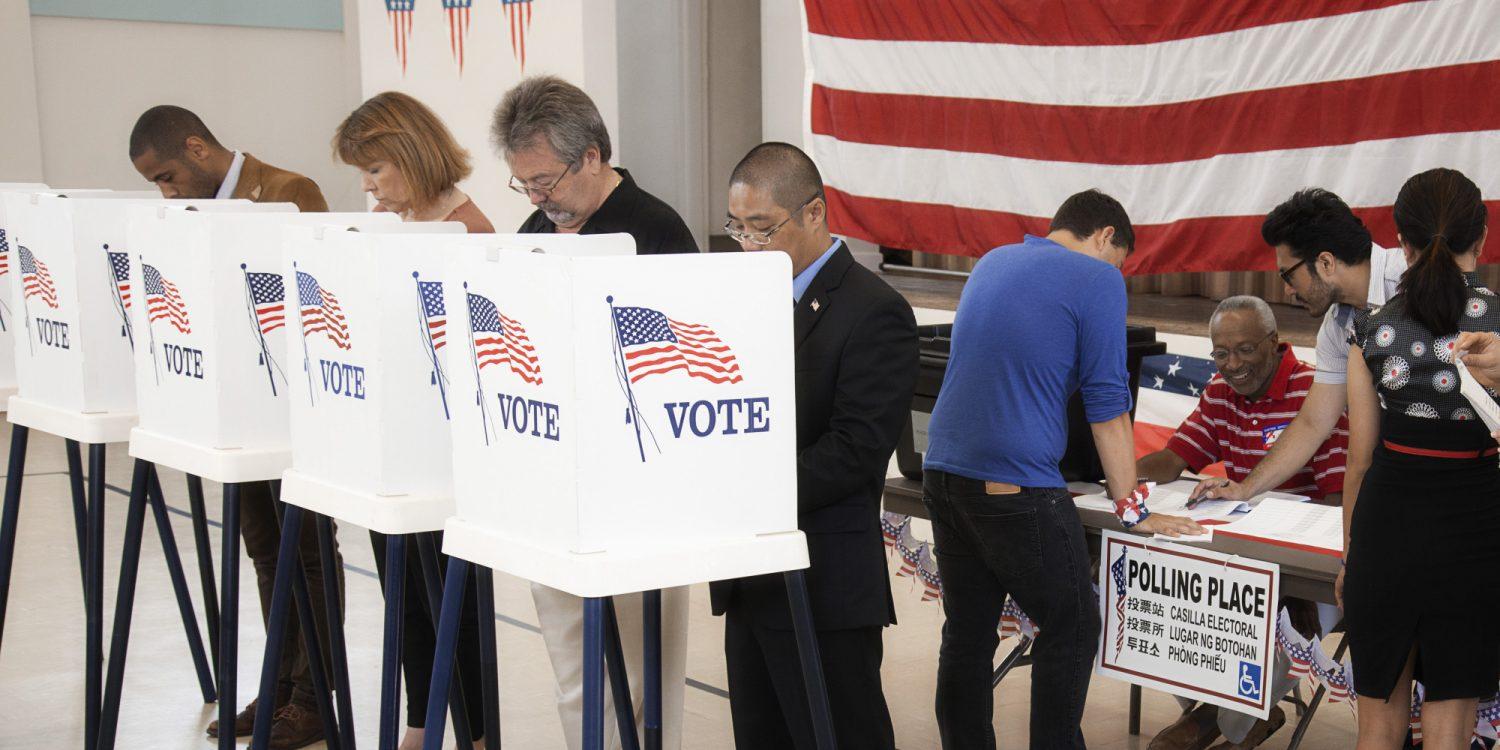
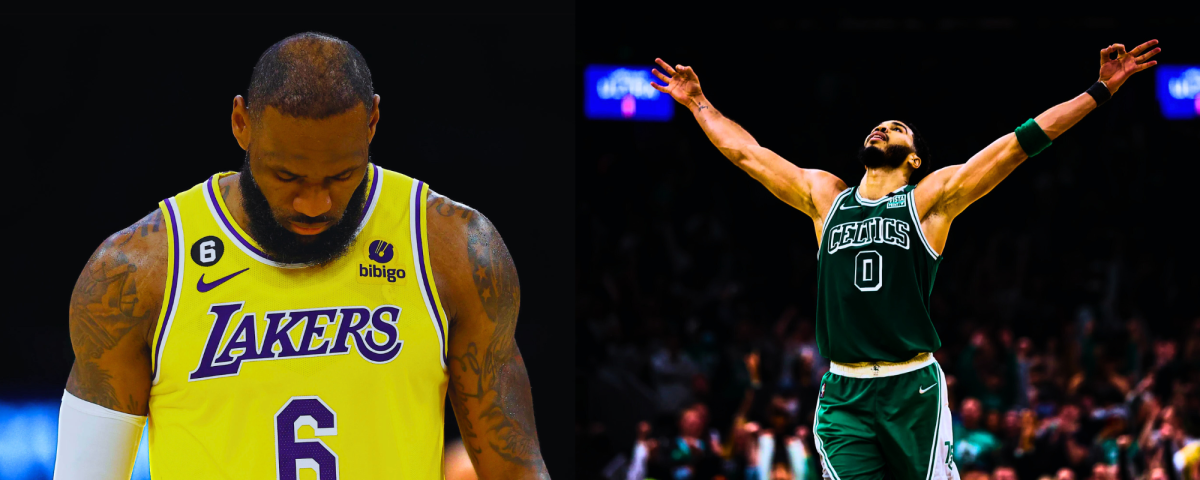
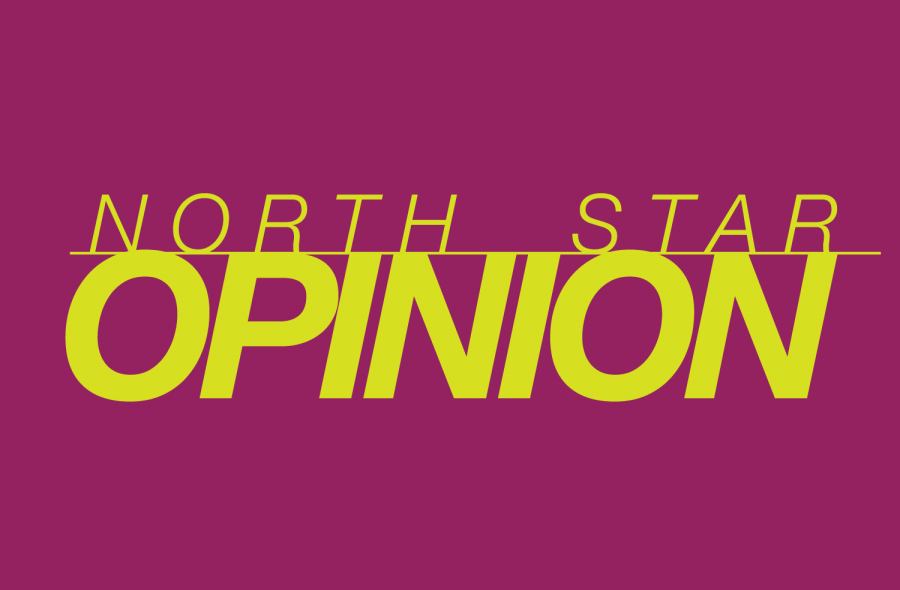
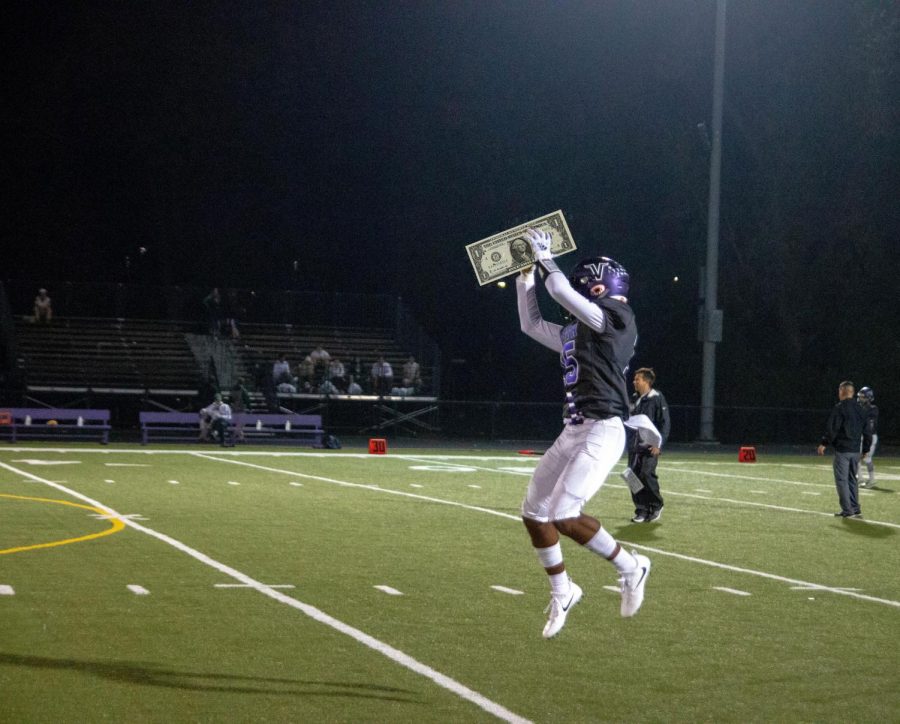

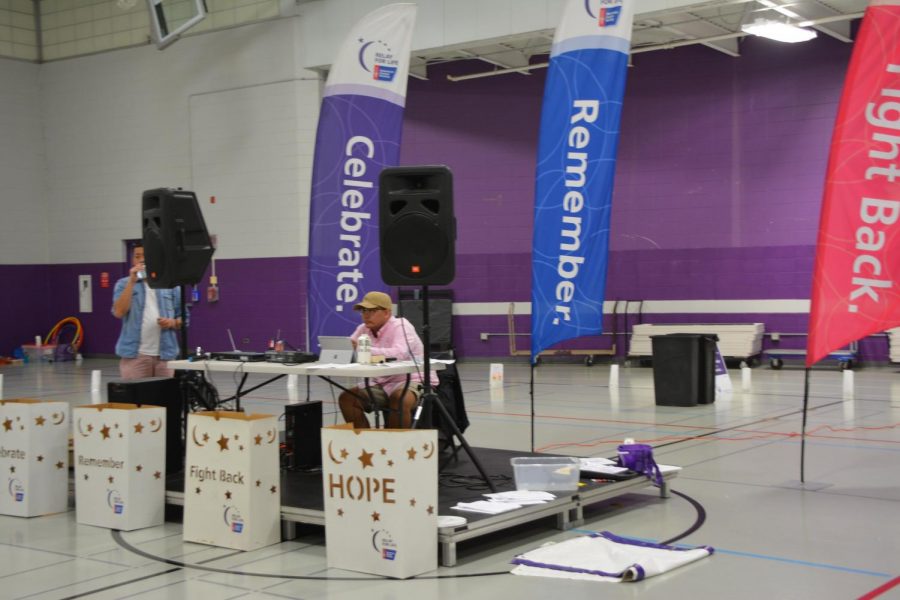

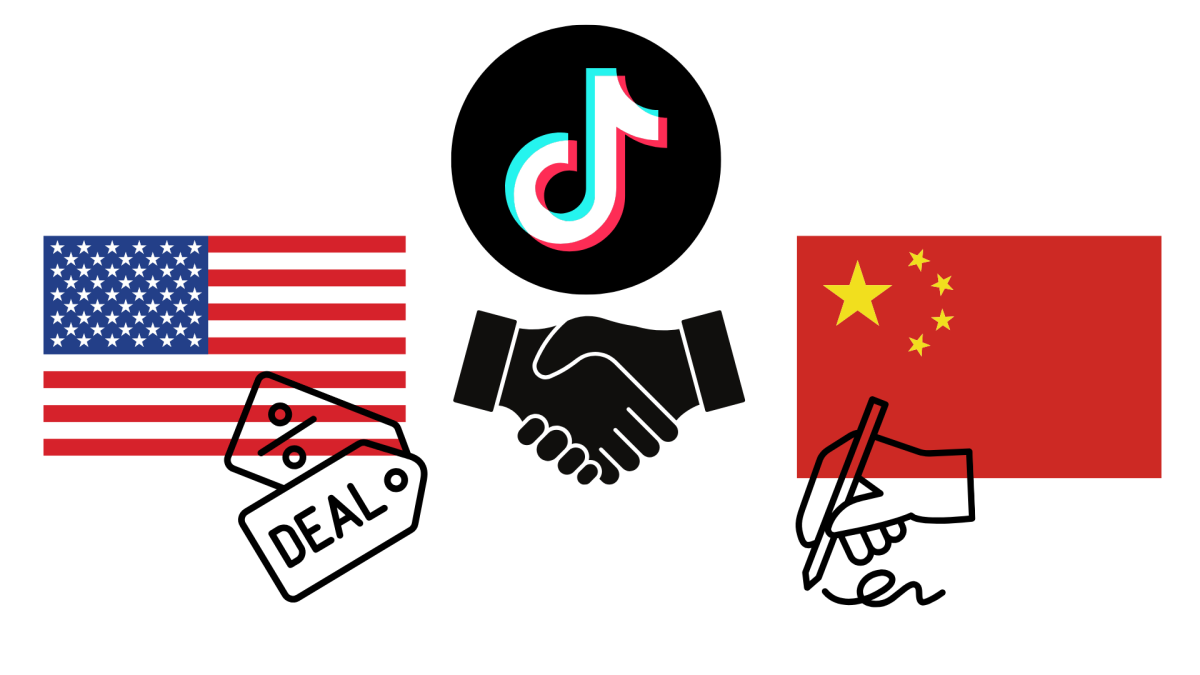



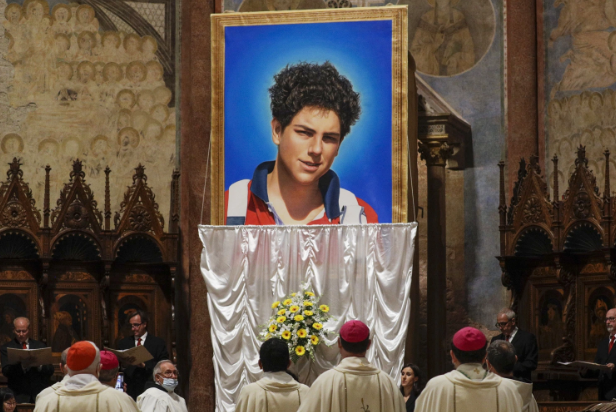
Bella Levavi • Mar 11, 2017 at 6:34 pm
1